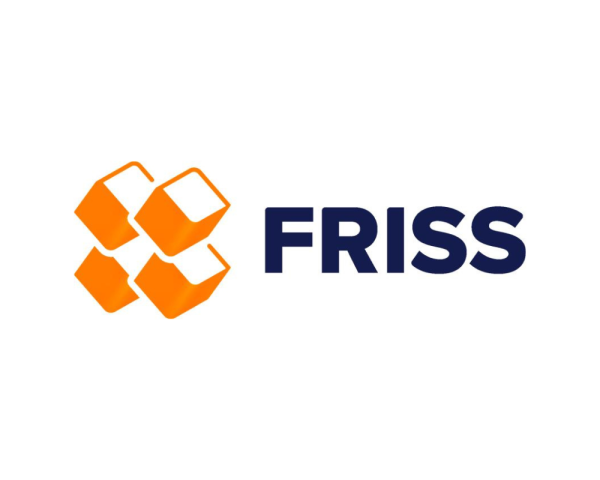In the ever-evolving landscape of insurance fraud, the integration of Generative AI (GenAI) and machine learning models alongside human investigators is proving to be a formidable tool in detecting and responding to novel fraud schemes. The dynamic partnership between AI technologies and seasoned fraud investigators is not just enhancing efficiency but is crucial in adapting to new fraudulent tactics as they emerge.
Understanding the Role of the Investigator in AI-Enhanced Fraud Detection
Let's consider a rising fraud scheme involving e-bikes to illustrate why human oversight remains indispensable in leveraging GenAI. In this scheme: - Individuals purchase an e-bike online and subsequently reject home delivery, thus avoiding payment or securing reimbursement. - Despite not receiving the bike, they obtain a legitimate invoice and insurance since they opted for these during the online transaction. - Soon after, they file a claim alleging the bike was stolen, aiming to profit from the insurance payout.
Tackling New Fraud Schemes with GenAI and Human Insight
In responding to such a scheme, the first step involves detection markers such as "e-bike," "causetype: theft," and "claim shortly after inception." GenAI can play a pivotal role here by extracting detailed information from the submitted invoices, such as shop details. This enables investigators to verify critical aspects like whether the product was actually reimbursed.
Moreover, AI can assist in reducing false positives by analyzing the type of shop involved—distinguishing between local and online retailers, for instance, to assess risk levels associated with the claim.
However, it is the fraud investigator who must decide the subsequent steps, determining the necessary data points for an effective investigation. They might require the insured to provide the bike lock keys or a police report to substantiate their claim. This illustrates that while AI can handle data extraction and initial analysis, the human element is crucial for nuanced judgment and decision-making.
The Iterative Loop: Human-AI Collaboration
This process is not linear but iterative. As investigators interact with AI tools, they provide feedback and insights that enhance the AI’s algorithms. This continuous loop of interaction and learning allows both AI and human investigators to adapt swiftly to new fraud patterns.
For instance, GenAI could draft communications to shops to inquire about reimbursement statuses, based on investigator inputs. Each case not only feeds into the AI’s learning database, enhancing its predictive accuracy, but also sharpens the investigator's approach to similar future incidents.
Human insight and artificial intelligence are setting new benchmarks
The fight against insurance fraud, particularly with new schemes surfacing, requires a blend of advanced AI technologies and human expertise. While GenAI provides the tools necessary for rapid data processing and pattern recognition, it is the human investigator who interprets these findings and guides the investigative process. This partnership not only enhances the effectiveness of fraud detection but also ensures that as fraud evolves, our methods to combat it evolve just as rapidly. Together, human insight and artificial intelligence are setting new benchmarks in the insurance industry, making it tougher for fraudsters to succeed.
Written by Christian van Leeuwen
Sponsored by ITL Partner: FRISS








